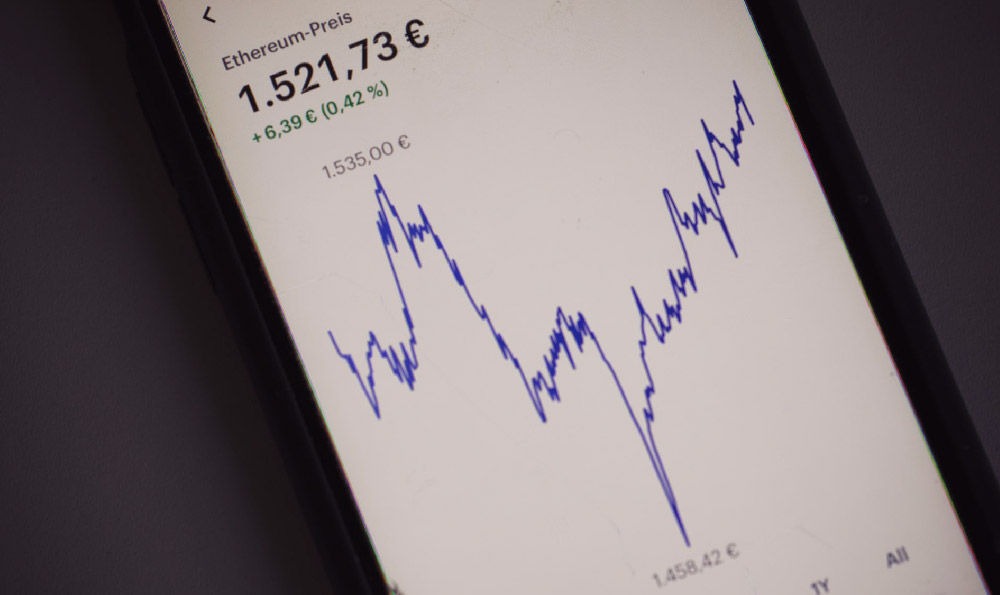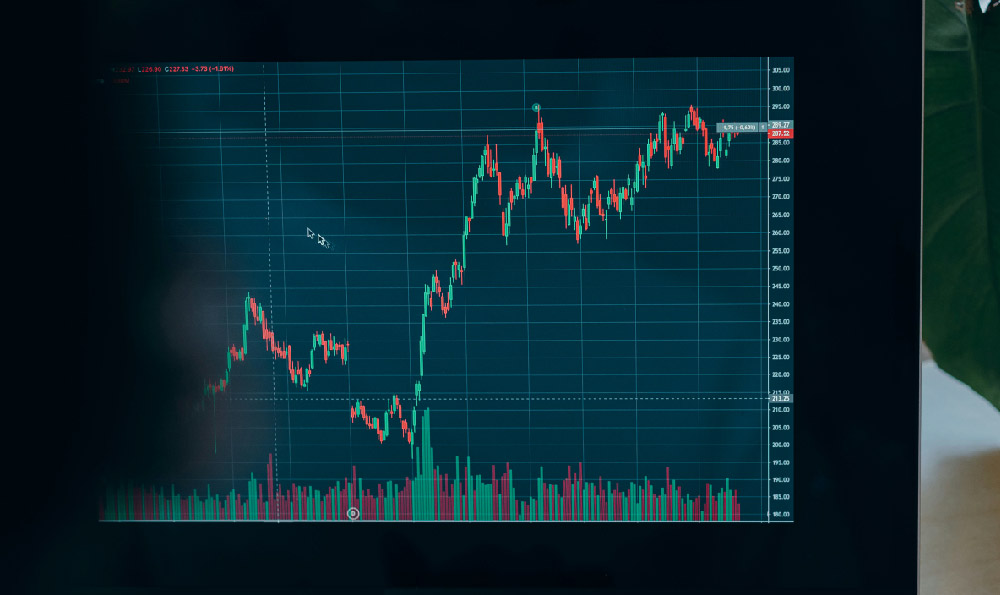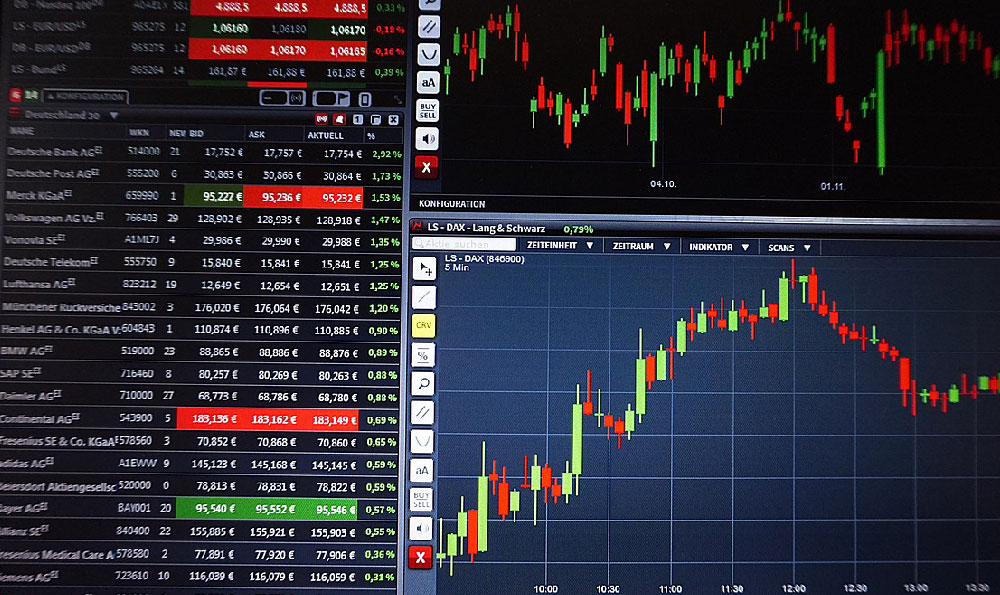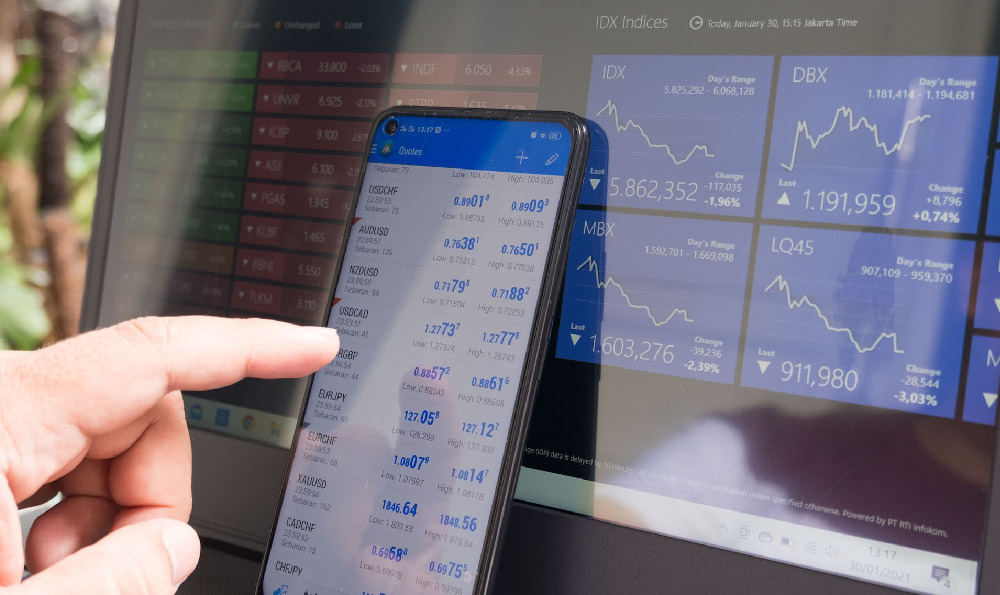Proprietary trading firms, often shrouded in a veil of complexity and perceived risk, are entities that engage in trading activities with their own capital, rather than managing money for external clients. This fundamental distinction shapes their revenue generation models and income streams, setting them apart from traditional investment banks or hedge funds. Understanding how they make money requires delving into the intricacies of market dynamics, risk management, and technological prowess.
The primary engine driving revenue for prop trading firms is, unsurprisingly, trading profits. These profits stem from capitalizing on short-term market inefficiencies, price discrepancies, and anticipated trends across a wide range of asset classes. The sheer diversity of these asset classes – equities, fixed income, currencies, commodities, derivatives, and even cryptocurrencies – underscores the breadth of expertise and analytical capabilities required within these firms. Profitable trades arise from successfully predicting market movements, executing trades swiftly and efficiently, and managing the associated risks effectively.
A crucial aspect of achieving consistent trading profits lies in the firm's ability to develop and deploy sophisticated trading strategies. These strategies can range from relatively simple arbitrage opportunities to highly complex algorithmic models that exploit minute price differences or predict statistical patterns. Arbitrage, for instance, involves simultaneously buying and selling the same asset in different markets to profit from price disparities. More advanced strategies might employ statistical arbitrage, identifying temporary deviations from historical price relationships between correlated assets and betting on their eventual convergence.

The effectiveness of these strategies is heavily reliant on technology. Prop trading firms invest heavily in cutting-edge trading platforms, high-speed data feeds, and sophisticated analytical tools. Access to real-time market data is paramount, as even a fraction of a second delay can mean the difference between a profitable trade and a loss. These firms also often utilize co-location services, placing their servers physically close to exchanges to minimize latency and gain a competitive edge in execution speed. Furthermore, advanced algorithms are used to automate trading decisions, analyze vast amounts of data, and identify profitable opportunities that humans might miss. The integration of artificial intelligence and machine learning is becoming increasingly prevalent, enabling firms to adapt their strategies to evolving market conditions and improve their predictive capabilities.
Beyond direct trading profits, prop trading firms can generate revenue through other avenues, albeit often indirectly related to their core trading activities. One such avenue is market making. Market makers provide liquidity to the market by quoting bid and ask prices for specific securities, essentially acting as intermediaries between buyers and sellers. They profit from the spread between the bid and ask prices, earning a small margin on each transaction. While market making can be a significant revenue source, it also carries substantial risk, as market makers must be prepared to hold inventory of the securities they are quoting, potentially exposing them to losses if prices move against them.
Another potential income stream arises from providing liquidity to electronic communication networks (ECNs) and dark pools. These platforms allow traders to execute large orders anonymously, minimizing the impact on market prices. Prop trading firms can earn rebates for providing liquidity to these platforms, incentivizing them to participate in these markets and contribute to overall market efficiency. These rebates, while relatively small on a per-trade basis, can accumulate into a substantial revenue stream over time, particularly for firms that engage in high-frequency trading.
Furthermore, some prop trading firms engage in risk management and advisory services for other institutions. While this is less common than direct trading activities, it leverages their expertise in market analysis and risk assessment. They might offer consulting services to hedge funds or other trading firms, helping them to optimize their trading strategies and manage their risk exposures more effectively. This diversification of revenue streams can help to stabilize their earnings and reduce their reliance on volatile trading profits.
It's essential to acknowledge the inherent risks associated with proprietary trading. Since firms are using their own capital, losses directly impact their bottom line. Market volatility, unexpected events, and poor trading decisions can all lead to significant financial setbacks. Therefore, robust risk management practices are crucial for the survival and success of these firms. This includes setting strict risk limits, monitoring exposures in real-time, and diversifying trading strategies to avoid over-concentration in any single asset class or market sector. Furthermore, a strong emphasis on compliance and regulatory adherence is essential to avoid legal and reputational risks.
The competitive landscape for prop trading firms is intensely challenging. They are constantly competing with other firms, hedge funds, and even individual traders for profitable opportunities. This requires them to continuously innovate and refine their strategies, invest in cutting-edge technology, and attract and retain highly skilled traders and analysts. The pressure to perform is immense, and only the most agile and adaptable firms can thrive in this environment.
In conclusion, proprietary trading firms generate revenue primarily through profitable trading activities, capitalizing on market inefficiencies and anticipated trends. Their income streams are diverse, encompassing arbitrage, statistical arbitrage, market making, liquidity provision, and, to a lesser extent, risk management advisory services. Technology plays a pivotal role in their success, enabling them to execute trades swiftly and efficiently and to analyze vast amounts of data. However, the inherent risks associated with trading their own capital necessitate robust risk management practices and a strong emphasis on compliance. The competitive landscape is intense, requiring continuous innovation and adaptation to thrive in this dynamic and demanding industry. Understanding these aspects is crucial for anyone seeking to comprehend the operations and revenue models of proprietary trading firms.












